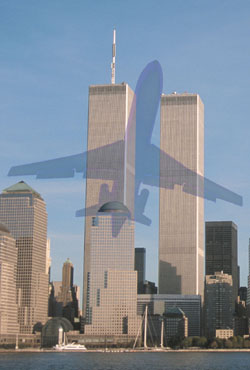*|MERGE4|*, *|MERGE5|*

|
|
Links
|
| Aftermath of Sept. 11 attacks highlights challenges of religious pluralism | ||
Dear *|MERGE3|* *|MERGE2|*: The Sept. 11, 2001 terrorist attacks are nearly a decade in the past, but reaction against the religion of the perpetrators is very much in the present: A once-obscure Florida preacher dominated the news cycle with his threat to burn copies of the Koran; the proposed Islamic center near “ground zero” in Manhattan has polarized opinions nationwide; and a proposed mosque in southern California has drawn heated opposition and counter-opposition. How can America’s longstanding values of religious liberty and pluralism survive in such an atmosphere? Read the rest of this article on SageLaw. The University of Massachusetts Press book, Religious Liberty in America: The First Amendment in Historical and Contemporary Perspective by Bruce T. Murray, shows how the United States arrived at its unique constitutional arrangement separating church and state, while guaranteeing freedom of religion and individual conscience. While some of the early conflicts are now settled, many of today’s contentious issues relating to religion and politics are very much the same, as Murray documents. Throughout the book’s seven chapters, Murray connects past and present, placing particular emphasis on current controversies such as the mixing of religion and politics, battles over religious symbols in the public square, the “culture wars,” immigration and faith-based initiatives. 
“Murray traces such significant topics as the development of religious pluralism and its ironic counterpart, civil religion. Nowhere is there such a clear and concise explanation of the issues as Murray offers in this book.” “Although the book's subtitle indicates that its focus is the First Amendment, the development of legal doctrine forms only part of the tale Murray seeks to tell. What he has in mind, instead, is to explain how American society accommodates diversity of religious belief and practice.” Religious Liberty in America is available at libraries throughout North America, and it may be purchased from the University of Massachusetts Press. Read about the author on SageLaw. |



